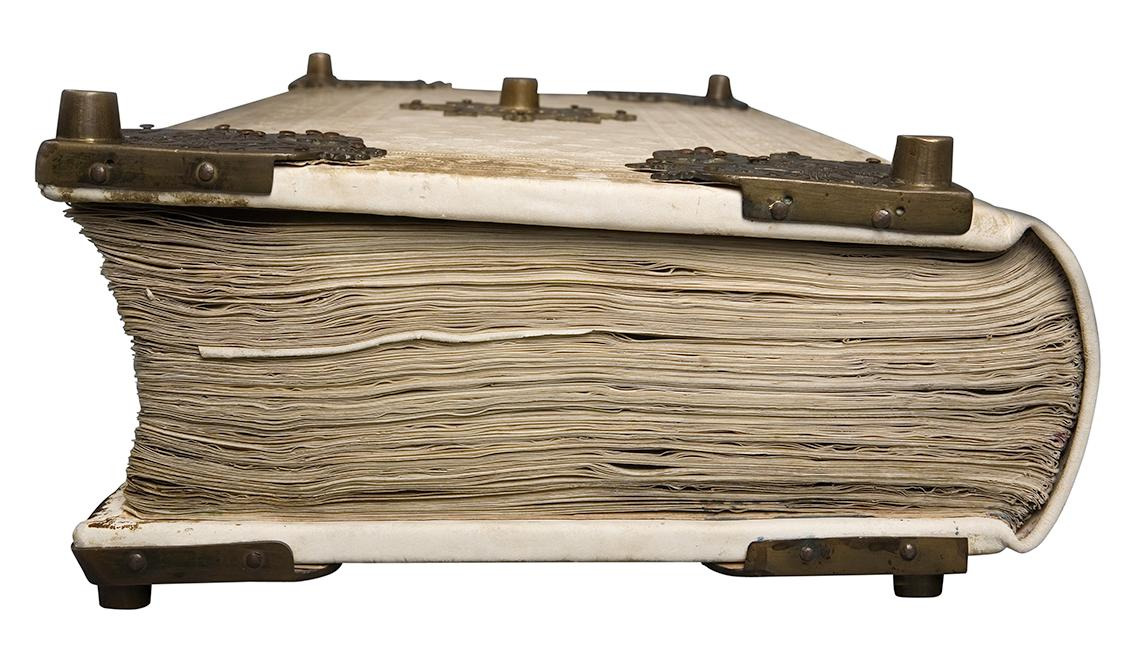The Codex Gigas
The Codex Gigas, also known as the Devil’s Bible, is famous for two reasons: it is believed to be the world’s largest preserved medieval manuscript (Codex Gigas means "giant book") and it contains a large, full-page portrait of the Devil.

About the Codex Gigas
The Codex Gigas was created for a Bohemian monastery, but was brought to Sweden as spoils of war in the 17th century. Among other things, the manuscript contains a complete Bible, historical texts, magic formulas and spells.
På svenska
Codex Gigas in numbers
800
years
The Codex Gigas is at least that old.
1
lifetime
That is how long it may have taken for one person to complete the book.
310
parchment leaves
The number of pages that the Codex Gigas comprises.

